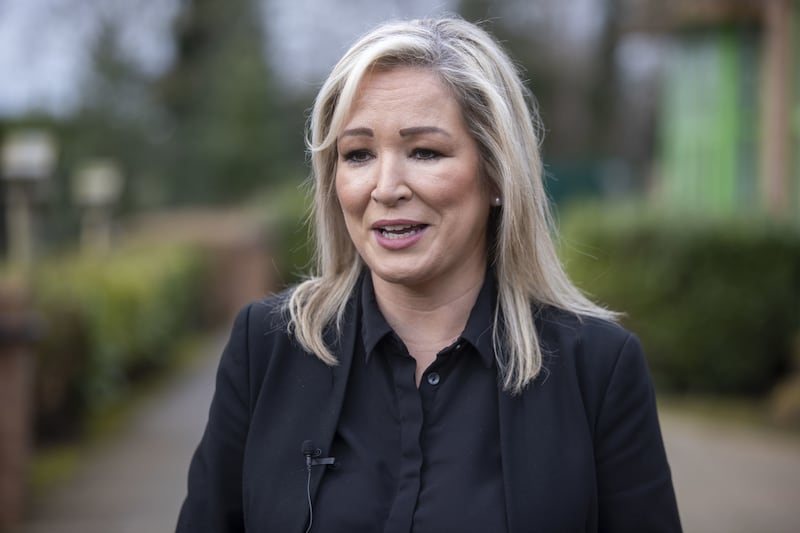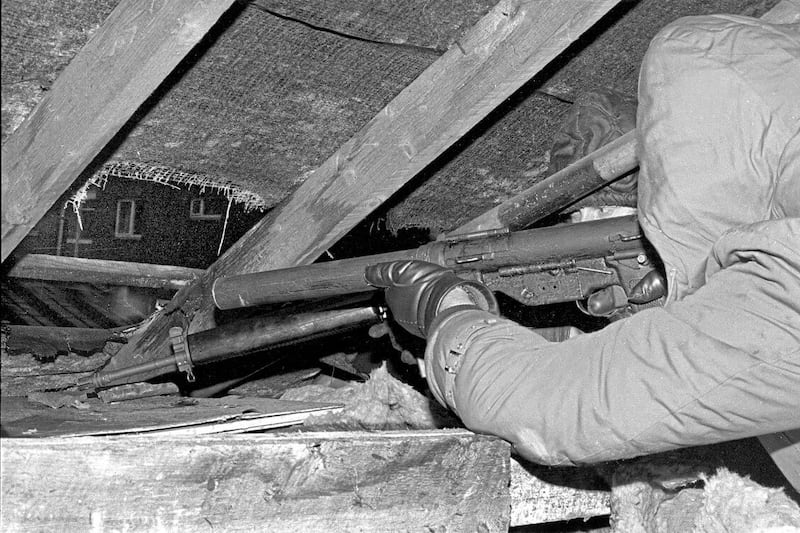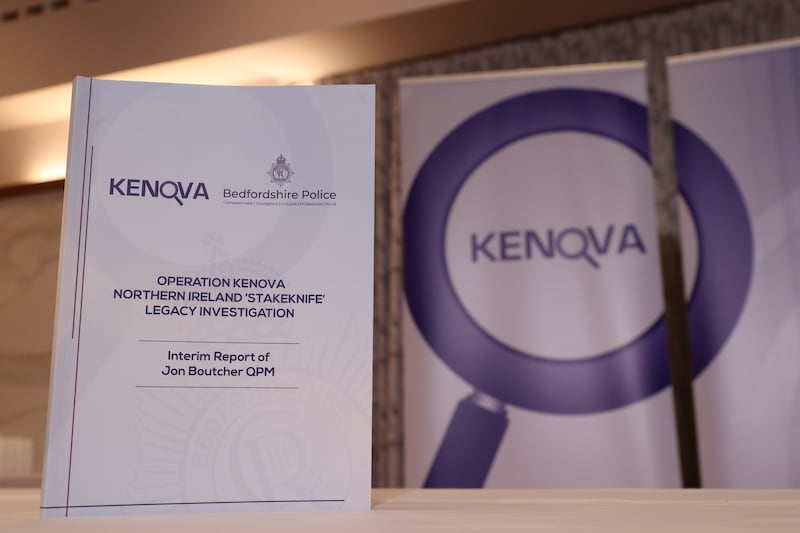The publication of the Operation Kenova report into the role of Stakeknife has blown open the role of the British army’s handling of informers and agents in the north.
While in the public mind the recruitment and management of agents is normally associated with the police and MI5, the British army also a played a key role in agent running.
Belfast man Freddie Scappaticci, who died last year, was exposed as the notorious agent Stakeknife in 2003.
He was handled by the Force Research Unit, which recruited and ran informers and agents on behalf of the military.
The undercover unit was set up in 1982 and took on the work of its predecessor, the Army Research Organisation (ARO), of which little is known.
Based at British army HQ in Lisburn, FRU was established to allow “centralised control and tasking” of military agents, which were inherited from the ARO.
It was intended the new unit would complement the work of existing intelligence gathering agencies by recruiting human assets.
Among its main aims was to penetrate paramilitary groups.
Fresh details about FRU emerged in recent weeks through a series of statements issued by the Public Prosecution Service, in which a person believed to be Freddie Scappaticci is referred to as The Source.
It is now known that a ‘detachment’ was set up in the British army’s Lisburn HQ to “handle The Source exclusively”.
The detachment was structured differently from similar units and included handlers and an Operations Officer.
It was overseen by a Commanding Officer, but unlike other units did not have what the military term a Detachment Commander.

The responsibilities of each post within the FRU were set out in a series of directives and instructions.
Understanding of how FRU operated has been helped by evidence obtained by Operation Kenova from people who worked in the unit in later 1980s and 1990s.
As would be expected the role of a FRU handler was to meet and receive information from an agent.
An Operations Officer could also be present at these meetings and when not, could be briefed later.
Handlers, who were on the front line, were able to make contact with a senior officer on a “secure radio channel” if information had to be passed quickly.
Meetings with agents would be recorded, then a transcript and contact form would be completed.
Each layer of management had its own responsibilities in terms of handling agents and there is evidence to suggest that senior officers knew about the existence of The Source.
Although intelligence agencies traditionally guard their own assets jealously, during the Troubles some intelligence was shared.
Operation Kenova has established the role of FRU was to collect information and share it with the RUC, which in turn took decisions around how it would be used.

Both the police and MI5 knew about the exitance of The Source but never raised any concerns.
Operation Kenova says the absence of contact forms, which included detail about a meeting between a handler and an agent, has made it impossible to assess the extent of information passed by The Source to his handlers.
The practice of sharing of intelligence between FRU and RUC Special Branch verbally, by phone or in person, also made it impossible to gauge what information had been passed on.
Decisions about intelligence were taken by the shadowy Tasking and Coordinating Group (TCG).
Although it involved the British army and MI5, it was under the command of RUC Special Branch.
Using intelligence from various agencies and technical sources it also pulled together RUC and military resources to launch operations.
Operation Kenova has established that limited records relating to the TCG were made or kept.
In addition, no contemporaneous records of TCG decision-making were kept by the RUC.








